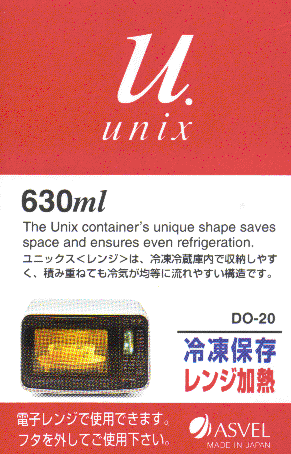

| Main index | Section 4 | 日本語 | Options |
Kernel virtual memory is accessed through the interface /dev/kmem in the same manner as /dev/mem. Only kernel virtual addresses that are currently mapped to memory are allowed.
On ISA the I/O memory space begins at physical address 0x000a0000 and runs to 0x00100000. The per-process data size for the current process is UPAGES long, and ends at virtual address 0xf0000000.
struct mem_extract {
uint64_t me_vaddr; /* input */
uint64_t me_paddr; /* output */
int me_domain; /* output */
int me_state; /* output */
};
The ioctl returns an error if the address is not valid. The information returned by MEM_EXTRACT_PADDR may be out of date by the time that the ioctl call returns. Specifically, concurrent system calls, page faults, or system page reclamation activity may have unmapped the virtual page or replaced the backing physical page before the ioctl call returns. Wired pages, e.g., those locked by mlock(2), will not be reclaimed by the system.
The me_state field provides information about the state of the virtual page:
| ME_STATE_INVALID | |
| The virtual address is invalid. | |
| ME_STATE_VALID | |
| The virtual address is valid but is not mapped at the time of the ioctl call. | |
| ME_STATE_MAPPED | |
|
The virtual address corresponds to a physical page mapping, and the
me_paddr
and
me_domain
fields are valid.
Several architectures allow attributes to be associated with ranges of physical memory. These attributes can be manipulated via ioctl() calls performed on /dev/mem. Declarations and data types are to be found in <sys/memrange.h>. The specific attributes, and number of programmable ranges may vary between architectures. The full set of supported attributes is: | |
| MDF_UNCACHEABLE | |
| The region is not cached. | |
| MDF_WRITECOMBINE | |
| Writes to the region may be combined or performed out of order. | |
| MDF_WRITETHROUGH | |
| Writes to the region are committed synchronously. | |
| MDF_WRITEBACK | |
| Writes to the region are committed asynchronously. | |
| MDF_WRITEPROTECT | |
| The region cannot be written to. | |
Memory ranges are described by
struct mem_range_desc {
uint64_t mr_base; /* physical base address */
uint64_t mr_len; /* physical length of region */
int mr_flags; /* attributes of region */
char mr_owner[8];
};
In addition to the region attributes listed above, the following flags may also be set in the mr_flags field:
| MDF_FIXBASE | |
| The region's base address cannot be changed. | |
| MDF_FIXLEN | |
| The region's length cannot be changed. | |
| MDF_FIRMWARE | |
| The region is believed to have been established by the system firmware. | |
| MDF_ACTIVE | |
| The region is currently active. | |
| MDF_BOGUS | |
| We believe the region to be invalid or otherwise erroneous. | |
| MDF_FIXACTIVE | |
| The region cannot be disabled. | |
| MDF_BUSY | |
| The region is currently owned by another process and may not be altered. | |
Operations are performed using
struct mem_range_op {
struct mem_range_desc *mo_desc;
int mo_arg[2];
};
The MEMRANGE_GET ioctl is used to retrieve current memory range attributes. If mo_arg[0] is set to 0, it will be updated with the total number of memory range descriptors. If greater than 0, the array at mo_desc will be filled with a corresponding number of descriptor structures, or the maximum, whichever is less.
The MEMRANGE_SET ioctl is used to add, alter and remove memory range attributes. A range with the MDF_FIXACTIVE flag may not be removed; a range with the MDF_BUSY flag may not be removed or updated.
mo_arg[0] should be set to MEMRANGE_SET_UPDATE to update an existing or establish a new range, or to MEMRANGE_SET_REMOVE to remove a range.
| [EOPNOTSUPP] | |
| Memory range operations are not supported on this architecture. | |
| [ENXIO] | |
| No memory range descriptors are available (e.g., firmware has not enabled any). | |
| [EINVAL] | |
| The memory range supplied as an argument is invalid or overlaps another range in a fashion not supported by this architecture. | |
| [EBUSY] | |
| An attempt to remove or update a range failed because the range is busy. | |
| [ENOSPC] | |
| An attempt to create a new range failed due to a shortage of hardware resources (e.g., descriptor slots). | |
| [ENOENT] | |
| An attempt to remove a range failed because no range matches the descriptor base/length supplied. | |
| [EPERM] | |
| An attempt to remove a range failed because the range is permanently enabled. | |
| /dev/mem
/dev/kmem | |
This device is required for all users of kvm(3) to operate.
| MEM (4) | August 25, 2020 |

| Main index | Section 4 | 日本語 | Options |
Please direct any comments about this manual page service to Ben Bullock. Privacy policy.
